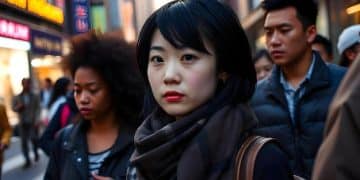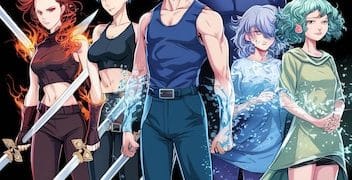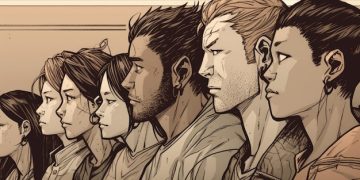Shonen Anime Tropes: 5 Common Themes and Why They Work
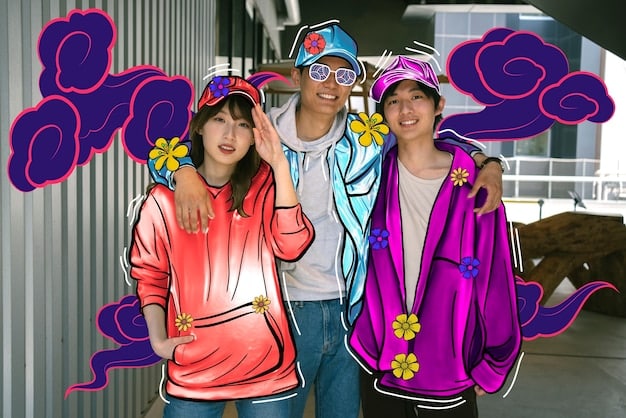
Shonen anime and manga’s enduring popularity relies heavily on recognizable tropes. These recurring themes, such as the power of friendship, underdog protagonists, and intense training arcs, resonate deeply with audiences, providing a sense of familiarity and excitement that fuels the genre’s global appeal and commercial success.
Shonen anime and manga, geared towards a young male demographic, have captivated audiences worldwide with their action-packed stories and relatable characters. But beyond the flashy battles and dramatic transformations, a set of common themes, or tropes, consistently reappear. What are the 5 most common tropes in Shonen anime and manga, and why are they so popular?
The Power of Friendship: Nakama at its Finest
One of the most prevalent and heartwarming tropes in shonen anime is the emphasis on the power of friendship, often referred to as “nakama” in Japanese. This isn’t just about casual camaraderie; it’s about forging deep, unbreakable bonds that empower characters to overcome seemingly impossible challenges.
The idea is that your friends are your strength, and together, you can achieve anything.
Why is Nakama so compelling?
The power of friendship resonates with viewers on several levels. It taps into the universal desire for belonging and connection, offering a comforting message that we are stronger together.
- Relatability: Many viewers, especially younger ones, can relate to the importance of friendship in their own lives.
- Emotional Impact: Seeing characters support each other through thick and thin tugs at the heartstrings and creates a strong emotional investment.
- Thematic Resonance: The power of friendship often ties into larger themes of hope, perseverance, and the importance of human connection.
Many popular Shonen anime use the power of friendship trope. Series like *One Piece*, *Fairy Tail*, and *Naruto* all place a significant emphasis on the bonds between characters, using them as a driving force for plot development and character growth. These bonds directly influence the overall outcomes of the series.

The Underdog Protagonist: Rising to the Top
Another incredibly common trope is the underdog protagonist. This character typically starts out weak, unskilled, or otherwise disadvantaged, but possesses an unwavering determination to achieve their goals. This trope provides a strong emotional connection with viewers.
We love watching characters who have to work hard and overcome obstacles to reach the top.
The Appeal of the Underdog
The underdog protagonist resonates with audiences on a deeply personal level. It offers a powerful message of hope and possibility, suggesting that anyone, regardless of their background or circumstances, can achieve greatness through hard work and perseverance.
The underdog trope is not just about being weak at the beginning of a story; it’s about the process of growth, learning, and self-improvement. We see them train, struggle, and eventually triumph, and it’s incredibly inspiring. This makes the underdog story a very compelling trope that is often found in Shonen anime.
The Quest for Power: Training Arcs and Transformations
A staple of the shonen genre is the relentless pursuit of power, often achieved through intense training arcs and dramatic transformations. Characters constantly strive to become stronger, pushing their limits to overcome increasingly powerful foes and protect what they hold dear.
The visual spectacle of a character transforming into a more powerful state is a huge draw, as is the process of witnessing a character constantly improving.
- Training Arcs: These dedicated periods of intense training allow characters to learn new skills, hone their abilities, and prepare for upcoming challenges.
- Transformations: Dramatic transformations, often triggered by emotional stress or a surge of power, visually represent a character’s growth and newfound strength.
- Overcoming Limits: The constant push to overcome limitations and surpass previous levels of power is a core element of shonen storytelling.
*Dragon Ball* is perhaps the most iconic example of this trope. Goku’s constant pursuit of greater strength, culminating in numerous Super Saiyan transformations, has captivated audiences for decades. These transformations are not just aesthetic; they represent Goku’s unwavering dedication to protecting his friends and family.
Overcoming Adversity: Never Giving Up
Shonen anime is rife with characters facing seemingly insurmountable obstacles. Whether it’s a personal tragedy, a powerful enemy, or a seemingly impossible goal, these characters are constantly tested and pushed to their limits. What defines them is their unwavering determination to overcome adversity.
This “never give up” attitude is a central theme that resonates with viewers, offering an inspiring message of resilience and hope.
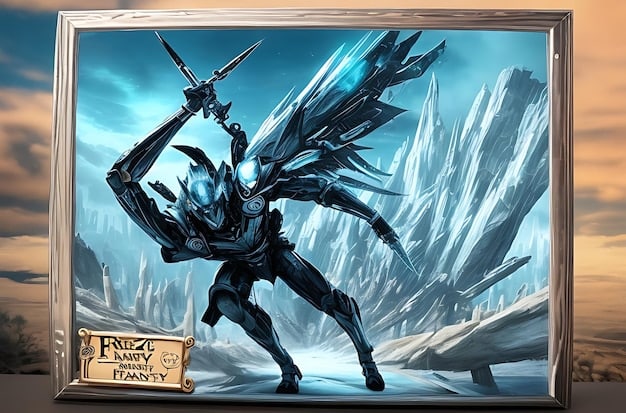
Why Does This Resonate?
The overcoming adversity trope taps into our innate desire to see people succeed. Every challenge that characters face reinforces the strength and will power that they show. When they eventually face the ultimate challenge, viewers are more emotionally invested in the characters and eager to see them. Shonen anime does an amazing job of keeping viewers at the edge of their seats through consistent adversity.
While it can be a painful process for viewers to watch, it also inspires them to never give up hope and to continuously improve themselves.
Good Versus Evil: A Timeless Conflict
At its core, shonen anime often revolves around the age-old conflict between good and evil. This trope provides a clear moral framework for the story, allowing viewers to easily identify with the heroes and root against the villains.
This is also a very effective method of creating compelling narratives.
The Allure of Simple Morality
The good versus evil trope, though seemingly simple, is incredibly effective because it taps into our fundamental understanding of right and wrong.
- Easy Identification: Viewers can easily identify with the heroes and their noble goals.
- Morality: The hero is usually fighting for the right cause, to improve the lives of others and bring peace to the people.
- Satisfying Narratives: The triumph of good over evil provides a sense of closure and satisfaction.
Why These Tropes Endure
The popularity of these five tropes isn’t a coincidence. They resonate with audiences on a fundamental level, providing emotional connection, escapism, and inspiring messages. These tropes create an enjoyable experience for viewers and give them something to look forward to.
Shonen anime uses these tropes as a method for attracting and retaining viewers. This has proved to be fairly effective, leading to the long term success of various Shonen anime and manga.
| Key Point | Brief Description |
|---|---|
| 🤝 Power of Friendship | Bonds empower characters. |
| 💪 Underdog Protagonist | Weak character rising to the top. |
| 🔥 Quest for Power | Training, transformations, and growth. |
| 🛡️ Good Versus Evil | Heroes fighting against villains. |
FAQ
▼
Tropes provide a familiar framework for storytelling, allowing creators to quickly establish expectations and focus on developing unique characters and plot twists. Tropes help the story flow smoothly, allowing the writer to set goals and boundaries.
▼
While shonen anime is targeted towards a young male audience, it is enjoyed by people of all ages and genders. The themes of friendship, perseverance, and overcoming adversity resonate universally. These tropes are very inclusive, which makes Shonen anime a very popular topic.
▼
While many shonen anime feature these tropes, not all series rely on them equally. Some series may subvert or deconstruct these tropes, offering a fresh perspective on familiar themes. Using tropes is completely up to the author of the Shonen anime or manga.
▼
Yes, if not handled well, overuse of tropes can lead to predictability. The key is to use tropes as a foundation but add unique twists, compelling characters, and unexpected plot developments. It is important to keep viewers engaged, which is a challenge.
▼
*My Hero Academia*, *Jujutsu Kaisen*, and *Demon Slayer* are excellent examples of modern shonen anime that utilize these tropes effectively while also adding their own unique flair and storytelling techniques. Many viewers have praised these anime and manga for their innovative ideas and storytelling.
Conclusion
From the power of friendship to the triumph of good over evil, these five tropes have become synonymous with the shonen anime genre. Their enduring popularity demonstrates their ability to connect with audiences on a deep and meaningful level, providing both entertainment and inspiration. By understanding these common themes, we can gain a deeper appreciation for the artistry and storytelling that make shonen anime so beloved around the world.
